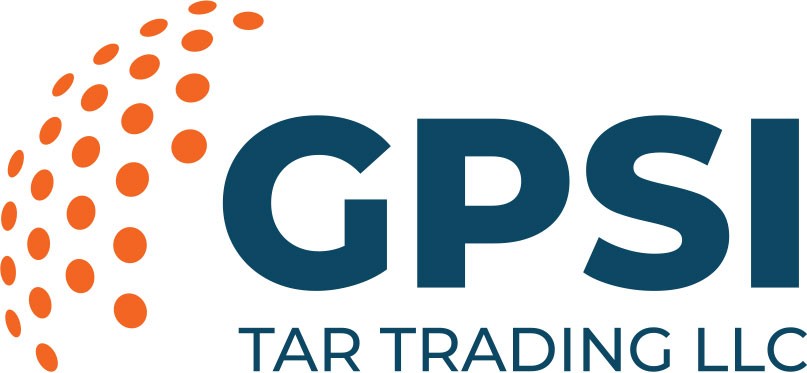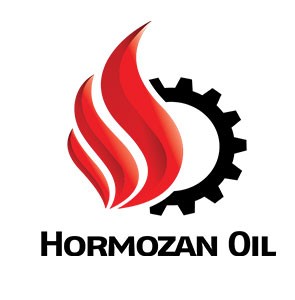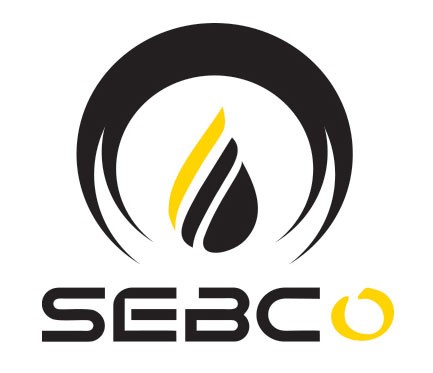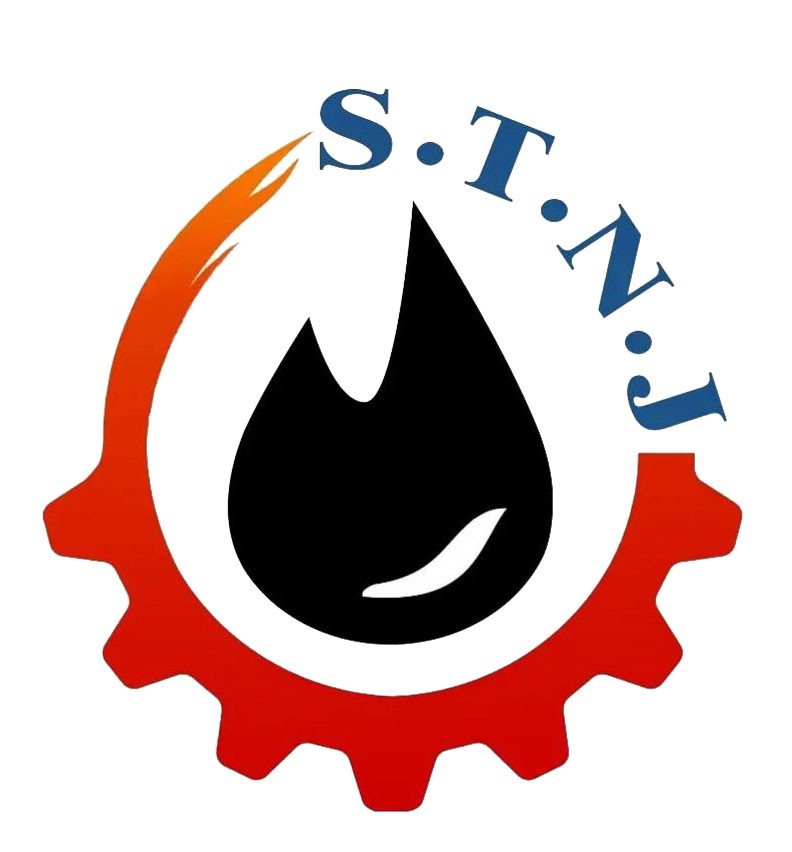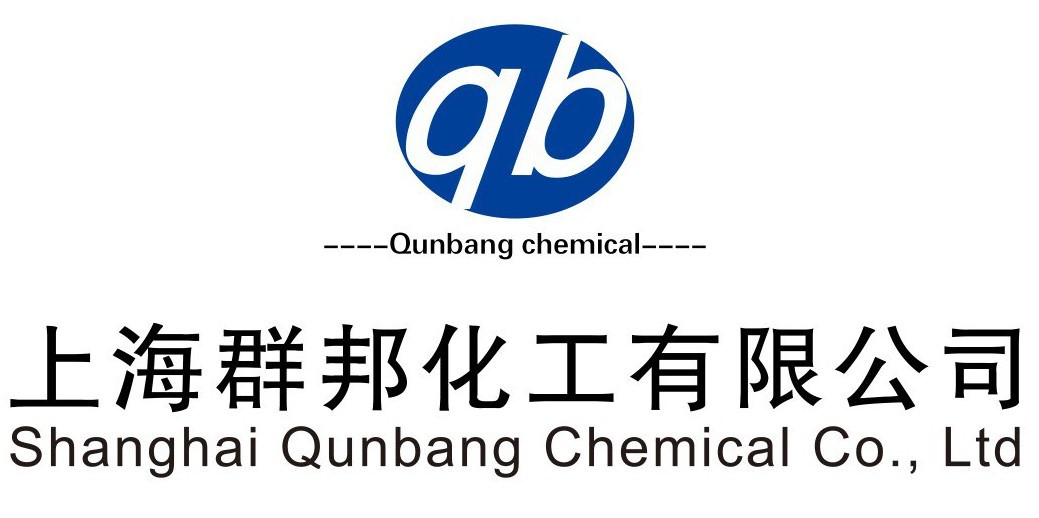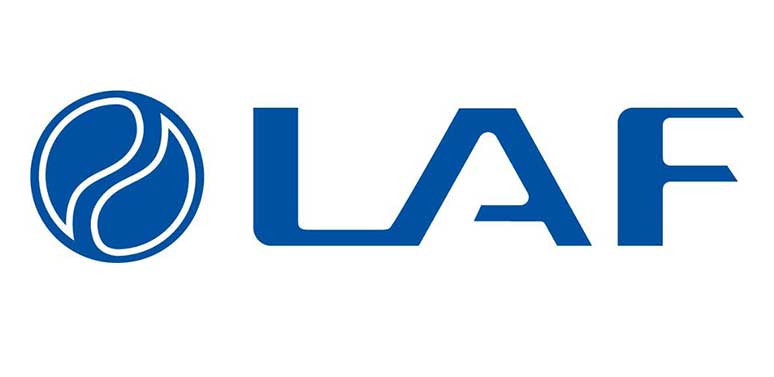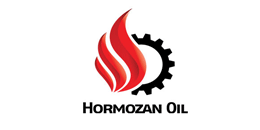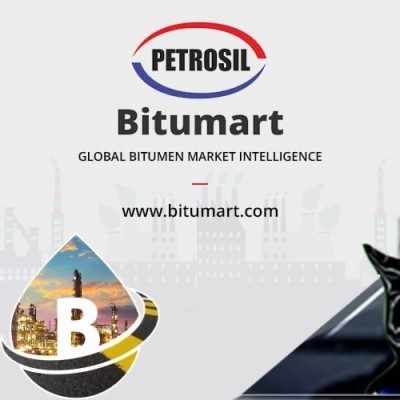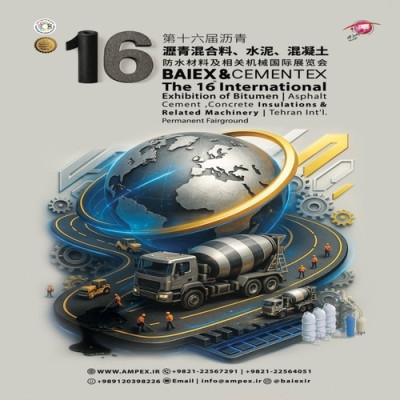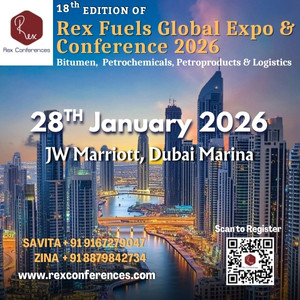WPB: A serious maritime accident occurred on March 10, 2025, when an oil tanker, Stena Immaculate, and a cargo ship, Solong, collided 13 miles off the Lincolnshire coast in the North Sea. The collision resulted in major fires, prompting immediate evacuation efforts.
Casualties and Rescue Operations
Rescue teams responded swiftly, with 32 crew members from both vessels being brought ashore. While most were assessed on land, one crew member from the Solong remains missing. A search effort continued until 9:40 PM before authorities called it off. The US-based firm Crowley, which operates the Stena Immaculate, confirmed that all 23 crew members of the tanker were safe, while one sailor from Solong is still unaccounted for.
Impact of the Collision and Fire
The Stena Immaculate was reportedly stationary when the Solong approached and struck it, leading to a massive fireball. The tanker was carrying 220,000 barrels of jet fuel, and the impact ruptured one of its cargo tanks, causing multiple explosions and fuel spilling into the water.
Authorities tracked the moment of impact, showing the Solong moving toward the tanker without apparent course correction. Some experts speculate an autopilot failure may have led to the incident. If no crew was actively steering, the ship could have continued in a straight line toward the stationary tanker.
Environmental and Safety Concerns
Beyond the jet fuel spill, authorities have raised alarms over Solong’s cargo of hazardous materials. The vessel was carrying 15 containers of sodium cyanide, a highly toxic chemical that can release hydrogen cyanide gas, interfering with oxygen absorption in living organisms. Yorkshire Wildlife Trust and Greenpeace UK have expressed grave concerns about the potential ecological disaster, citing the combination of burning plastics, jet fuel, and sodium cyanide as a “toxic mix”.
The extent of the environmental impact remains unclear, but experts stress that the speed of response will be crucial in containing the damage. Weather and sea conditions could influence how far the contamination spreads.
Investigation and Possible Causes
Authorities have launched an official investigation into the cause of the crash. The Marine Accident Investigation Branch has deployed a team to Grimsby to collect evidence and assess the circumstances leading to the collision.
While no signs of foul play have been identified, some experts believe the crash may have resulted from an autopilot error. A lack of human oversight on the bridge could have allowed the Solong to stay on a straight course without deviation, leading to the collision. Experts note that autopilot systems typically do not account for stationary obstacles without human intervention.
Concerns Over Future Risks
This incident raises broader concerns about maritime safety, particularly in high-traffic shipping routes. The collision has highlighted risks associated with autopilot reliance, hazardous cargo transport, and emergency preparedness.
Authorities are now monitoring the situation closely to contain the fires, oil spill, and potential chemical hazards while continuing investigations into the root cause of the crash.
By WPB
shipping, damage, bitumen


